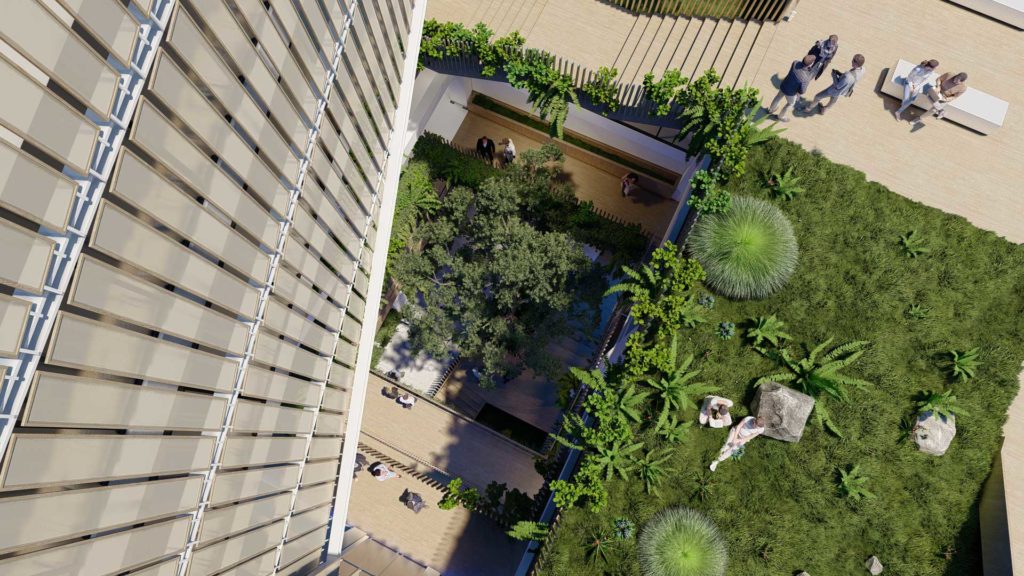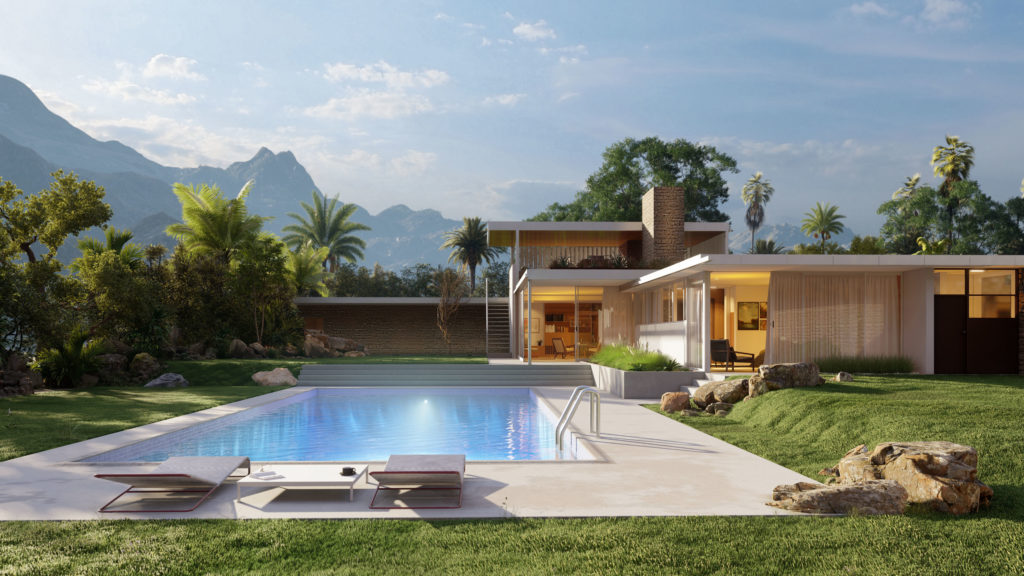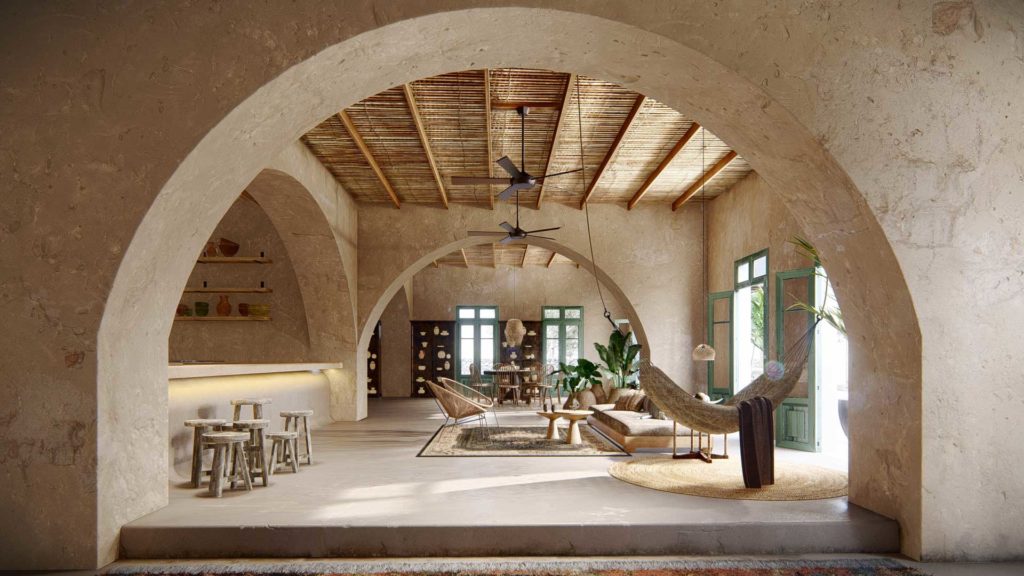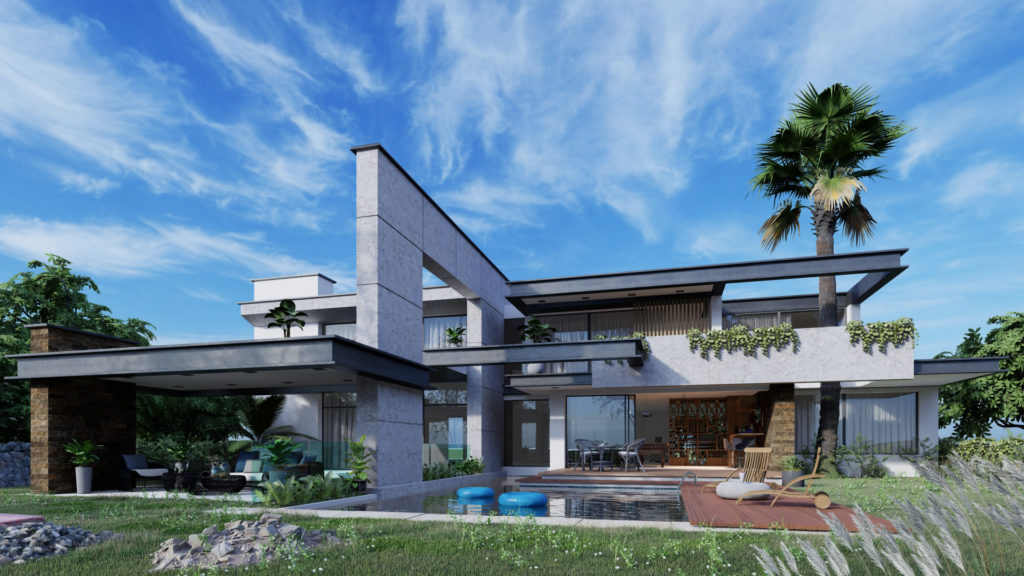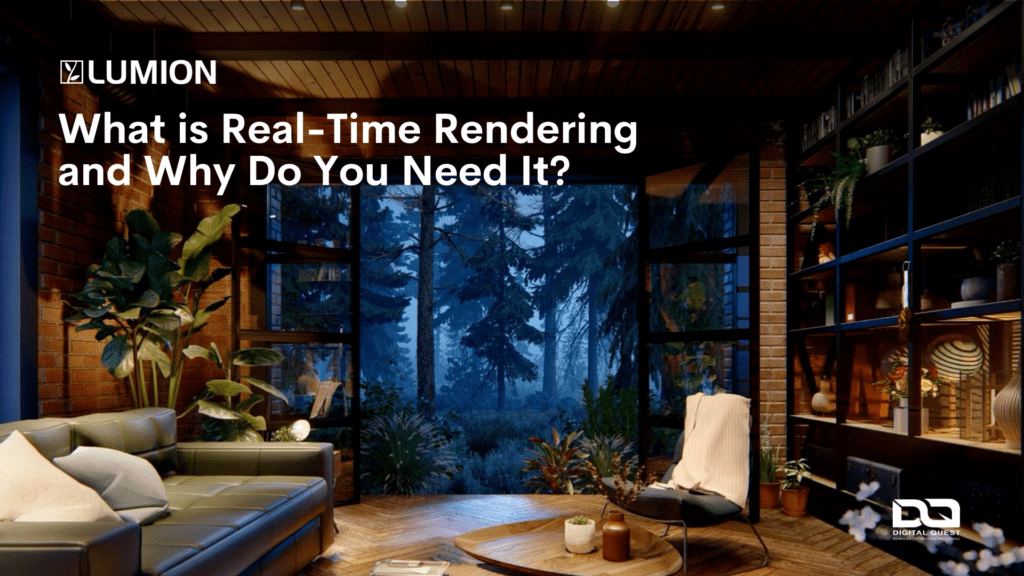Real-time rendering is not an overcomplicated term. It provides animations that are rendered in real-time, so that you’re able to see your ideas in a click of a button. However, in order to fully understand how powerful real-time rendering is, we’ll first need to talk about the rendering pipeline.
The pipeline represents the entire foundation of any 3D rendering and visualization engine. It’s where the rendering of all your 3D objects, lighting models, lighting sources, materials, textures, weathering, and etc. happen.
Within this pipeline, you’ll experience three conceptual stages:
- The application stage
- The geometry stage
- The rasterizing stage
The outcome results in a beautiful render that’s measured in fps (frames per second).
While this sounds like modern technical mumbo-jumbo, it’s not exactly new technology. Anyone who is a gamer has experienced real-time rendering. The game industry has already been leading the charge in making more refined real-time rendering encounters, but architects and designers have only begun utilizing this technique to present their ideas.
The ability to showcase your designs to your clients and give them an immersive presentation sounds like a dream, right? It’s incredible how real-time rendering can save you time, money, and make the feedback loop much smoother.
Real-time rendering softwares are an amazing tool for you to integrate into your workflows. In fact, it’s increasingly becoming a need for rendering and visualization.
Here are 5 reasons why real-time rendering is the future of design and design communication.


